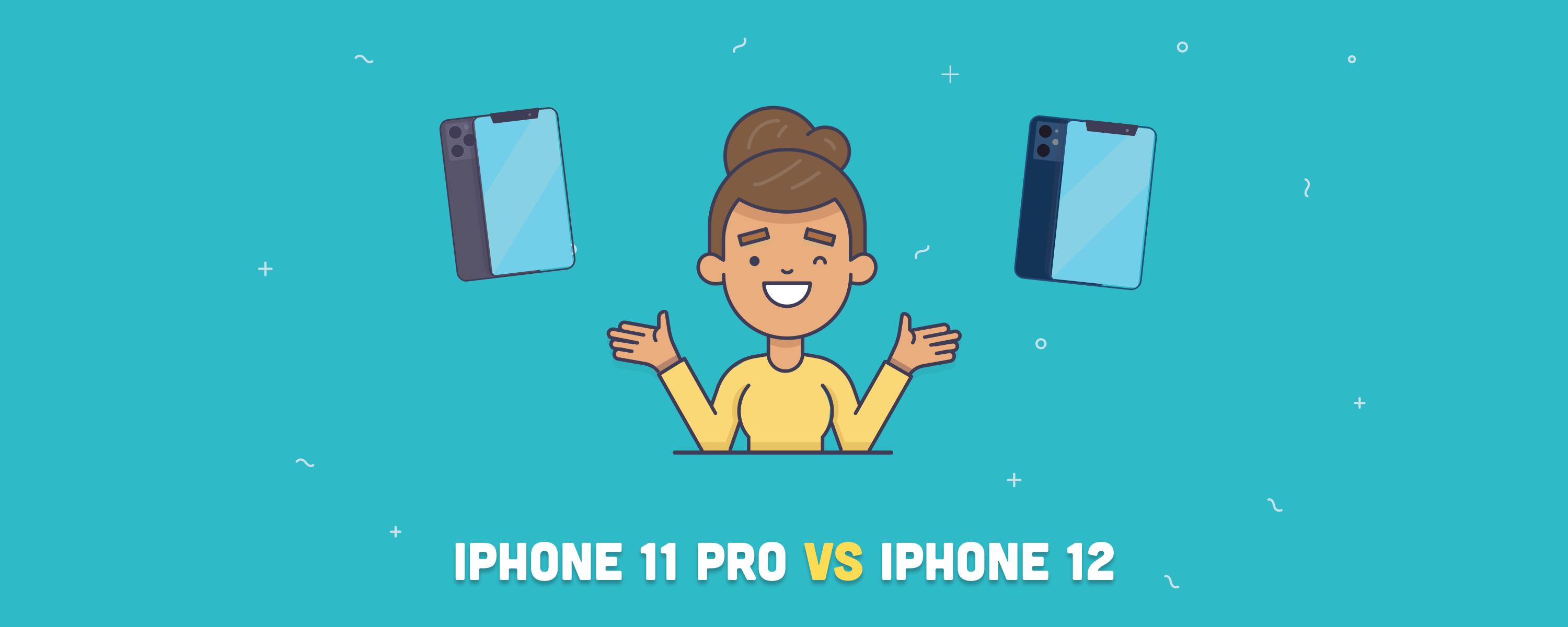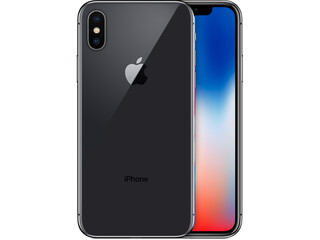The iPhone 12 Pro and iPhone 13 are two excellent models in Apple’s lineup. But what exactly sets them apart? This article examines the key differences between these two smartphones, examining their design, display, cameras, performance, battery life, and other features. Whether you’re a die-hard Apple fan or just looking to upgrade your phone, this comparison will help you decide which model is right for you.
Table of contents
iPhone 12 Pro vs. iPhone 13: Specs comparison table
| Feature | iPhone 12 Pro | iPhone 13 |
|---|---|---|
| Design | Stainless steel frame, glass back, flat edges | Aluminum frame, glass back, smaller notch, flat edges |
| Display | 6.1-inch Super Retina XDR OLED, 1200 nits max brightness | 6.1-inch Super Retina XDR OLED, 1200 nits max brightness |
| Processor | A14 Bionic chip | A15 Bionic chip |
| RAM | 6 GB | 4 GB |
| Storage options | 128 GB, 256 GB, 512 GB | 128 GB, 256 GB, 512 GB |
| Rear cameras | Triple 12 MP (Wide, Ultra-Wide, Telephoto) with LiDAR | Dual 12 MP (Wide, Ultra-Wide) with sensor-shift OIS |
| Front camera | 12 MP with Night Mode, Deep Fusion, HDR | 12 MP with HDR, Deep Fusion, and Cinematic mode |
| Battery capacity | 2815 mAh | 3240 mAh |
| Charging | 20W fast charging, 15W MagSafe, 7.5W Qi wireless | 20W fast charging, 15W MagSafe, 7.5W Qi wireless |
| Max OS compatibility | iOS 18 | iOS 18 |
| Biometrics | Face ID | Face ID |
| Dimensions | 5.78 x 2.81 x 0.29 in 146.7 x 71.5 x 7.4 mm | 5.78 x 2.81 x 0.30 in 146.7 x 71.5 x 7.65 mm |
| Weight | 6.66 oz 189 g | 6.14 oz 174g |
| Colors | Graphite, Silver, Gold, Pacific Blue | Midnight, Starlight, Blue, Pink, Red |
| Notch size | Standard size | 20% smaller |
| 5G connectivity | Yes | Yes |
| Price (new) | Starts at | Starts at |
| Price (refurbished) | Starts at | Starts at |
Reasons to choose the iPhone 12 Pro
- Premium stainless steel frame.
- Versatile triple-camera system with telephoto lens.
- LiDAR scanner for enhanced AR and low-light autofocus.
- 6 GB of RAM for better multitasking.
Reasons to choose the iPhone 13
- Smaller and lighter design.
- Improved battery life with 3240 mAh capacity.
- More efficient A15 Bionic chip.
- Better low-light photography with sensor-shift OIS.
- New Cinematic mode for video.
iPhone 12 Pro vs. iPhone 13: Which one should you choose?
When deciding between the iPhone 12 Pro and iPhone 13, it’s essential to consider how their differences align with your priorities, whether it’s superior camera capabilities, battery life, or overall performance. Here’s a detailed comparison to help you make an informed choice.
Design
The iPhone 12 Pro features a more premium construction with a stainless steel frame, giving it a more substantial and durable feel. This model also has a glass back and flat edges, which were reintroduced with the iPhone 12 series, reminiscent of the iPhone 5’s design. The stainless steel not only adds to the device’s weight but also enhances its overall durability and resistance to damage from drops and impacts.
In contrast, the iPhone 13 opts for an aluminum frame, making it lighter and slightly less prone to showing fingerprints and smudges compared to the stainless steel of the iPhone 12 Pro. The iPhone 13 also retains the flat-edge design and glass back but introduces a smaller notch on the front display, providing slightly more screen real estate and a more modern look.
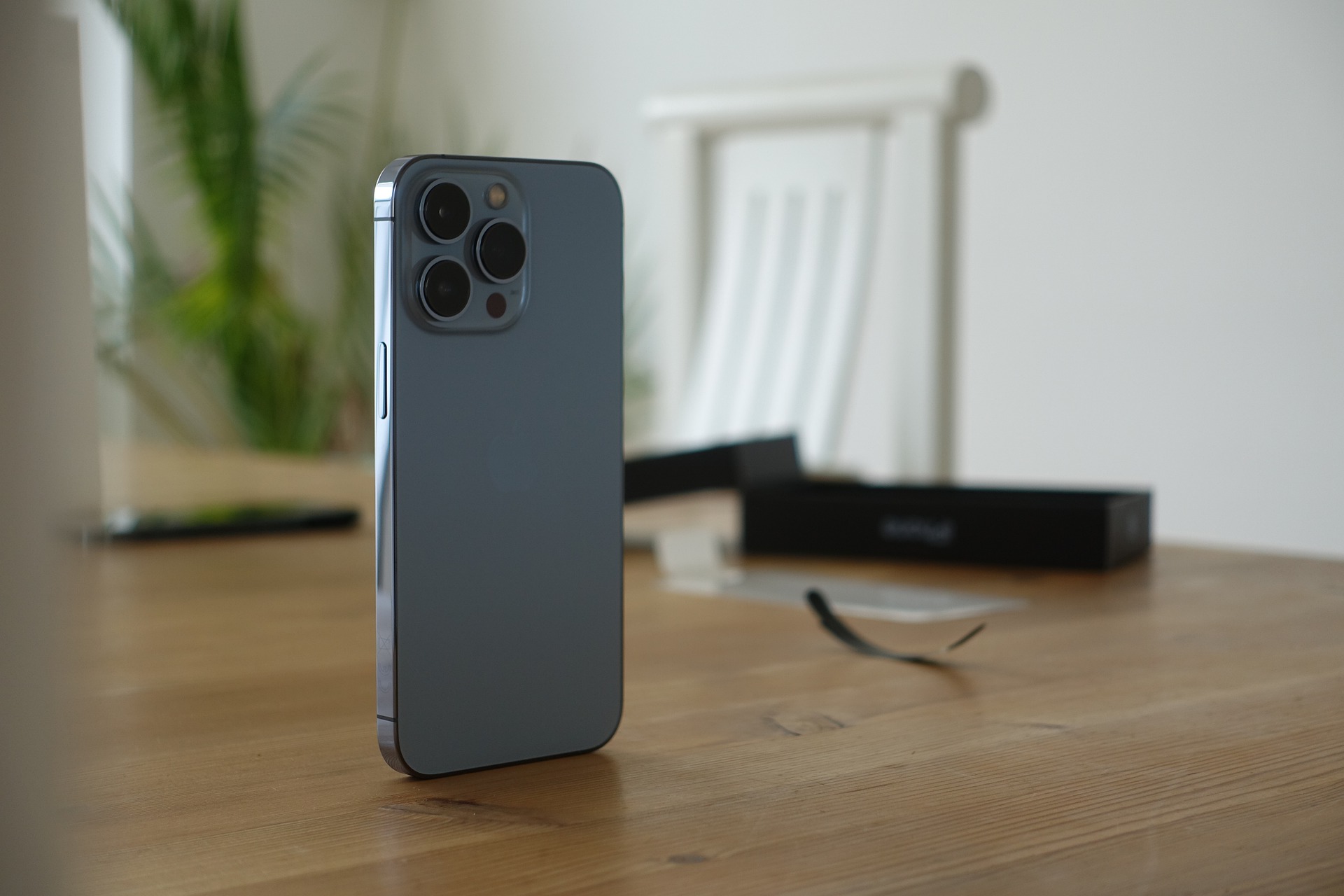
Both models come with IP68 water and dust resistance, ensuring they can withstand submersion in water up to 6 meters for 30 minutes. They also feature a Ceramic Shield on the front, which offers improved protection against scratches and drops.
Additionally, the iPhone 13 comes in a new range of colors, including a vibrant pink and a muted green, while the iPhone 12 Pro’s color options are more subdued.
⭐ Key takeaway: If you prioritize a premium feel and are drawn to a sturdier, heavier device, the iPhone 12 Pro might be the better choice. However, if you prefer a slightly lighter phone with a more streamlined display, the iPhone 13’s design may appeal more to you.
Display
The iPhone 12 Pro and iPhone 13 both feature a 6.1-inch Super Retina XDR OLED display, offering vibrant colors, deep blacks, and sharp details. This display technology is among the best in the industry, delivering a high dynamic range (HDR) experience that makes content look incredibly vivid and realistic, perfect for multimedia and gaming.
Both models offer 2532 x 1170 pixels in resolution, resulting in a pixel density of 460 pixels per inch (PPI). This means you’ll get the same sharpness and clarity on both devices, with no visible difference in pixel quality.
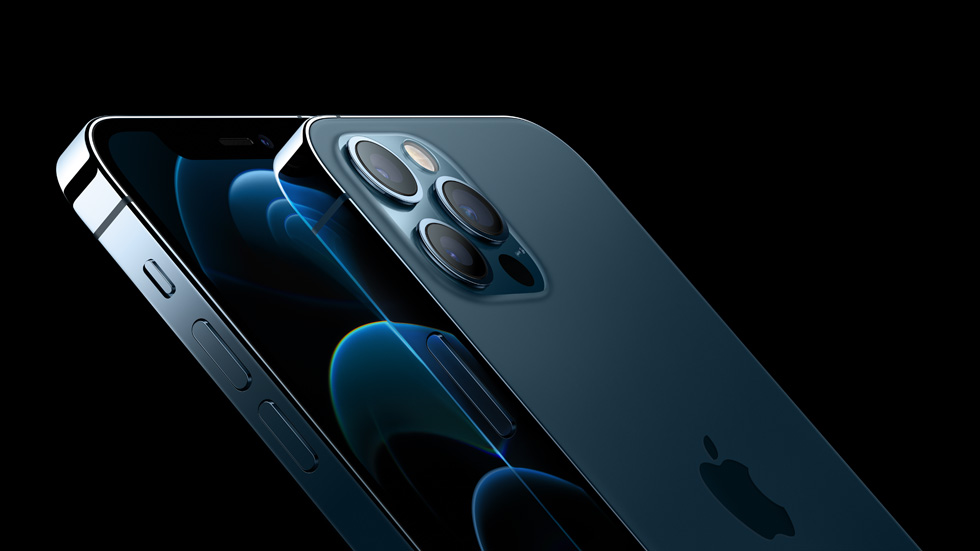
Image by: Apple
One of the key differences lies in the brightness levels. The iPhone 13 has a slightly improved maximum brightness of 800 nits in typical conditions, compared to the iPhone 12 Pro’s 625 nits.
Both smartphones, however, can reach a peak brightness of 1200 nits when viewing HDR content, ensuring that bright highlights in videos and photos are displayed with striking clarity.
Another distinction is in the notch size. The iPhone 13 features a 20% smaller notch, which provides slightly more screen real estate and a more immersive viewing experience. Although this change doesn’t dramatically alter the display’s functionality, it does contribute to a more modern aesthetic.
Both displays support True Tone, Wide Color (P3), and have a contrast ratio of 2,000,000:1, ensuring colors are accurate and contrast is deep. They also include Haptic Touch for responsive interactions and Dolby Vision for enhanced video playback.
⭐ Key takeaway: The iPhone 13 offers a slight edge with its brighter typical display and smaller notch, making it a bit more refined for those who value screen quality and design.
Performance
When it comes to performance, the iPhone 12 Pro and iPhone 13 both deliver powerful experiences, but there are key differences driven by their respective chipsets and RAM configurations.
The iPhone 12 Pro is equipped with the A14 Bionic chip, which was Apple’s top-of-the-line processor at the time of its release. This 5-nanometer chip includes a 6-core CPU, a 4-core GPU, and a 16-core Neural Engine, enabling smooth multitasking, efficient handling of demanding apps, and high-quality graphics performance.
The iPhone 12 Pro also comes with 6 GB of RAM, which supports its ability to keep multiple apps open and running seamlessly in the background.

On the other hand, the iPhone 13 features the newer A15 Bionic chip, which is an evolution of the A14. This chip is also built on a 5-nanometer process but includes several enhancements.
The A15 Bionic offers up to 50% faster CPU performance and 30% faster GPU performance compared to its predecessor, according to Apple’s claims. It features a 6-core CPU, a 4-core GPU (with a 5-core GPU available on the Pro models), and an improved 16-core Neural Engine.
Although the iPhone 13 has 4 GB of RAM—less than the iPhone 12 Pro—the improved efficiency and processing power of the A15 chip often compensate for this difference in everyday use.
In real-world scenarios, both devices handle tasks like gaming, video editing, and augmented reality (AR) applications with ease. However, the iPhone 13’s A15 chip provides an extra boost, particularly noticeable in more resource-intensive tasks and future-proofing the device for longer software support and updates.
⭐ Key takeaway: While the iPhone 12 Pro still offers robust performance, the iPhone 13 takes the lead with its newer, more efficient A15 Bionic chip, making it a better option for users who prioritize raw processing power and long-term performance
Cameras
The camera systems on the iPhone 12 Pro and iPhone 13 are both highly capable, but they cater to slightly different needs. The iPhone 12 Pro offers more versatility, while the iPhone 13 focuses on enhanced low-light performance and video features.
Rear camera system
- iPhone 12 Pro: The iPhone 12 Pro features a versatile triple-camera system with 12 MP wide, ultra-wide, and telephoto lenses, plus a LiDAR scanner for enhanced low-light autofocus and AR experiences. The telephoto lens offers 2x optical zoom, ideal for portrait photography and detailed close-ups.
- iPhone 13: The iPhone 13 comes with a dual-camera setup, including 12 MP wide and ultra-wide lenses. While it lacks the telephoto lens and LiDAR scanner, it introduces sensor-shift optical image stabilization (OIS) for improved stability in low light and video. Additionally, the iPhone 13’s larger sensor boosts low-light performance, making it excellent for nighttime photography.
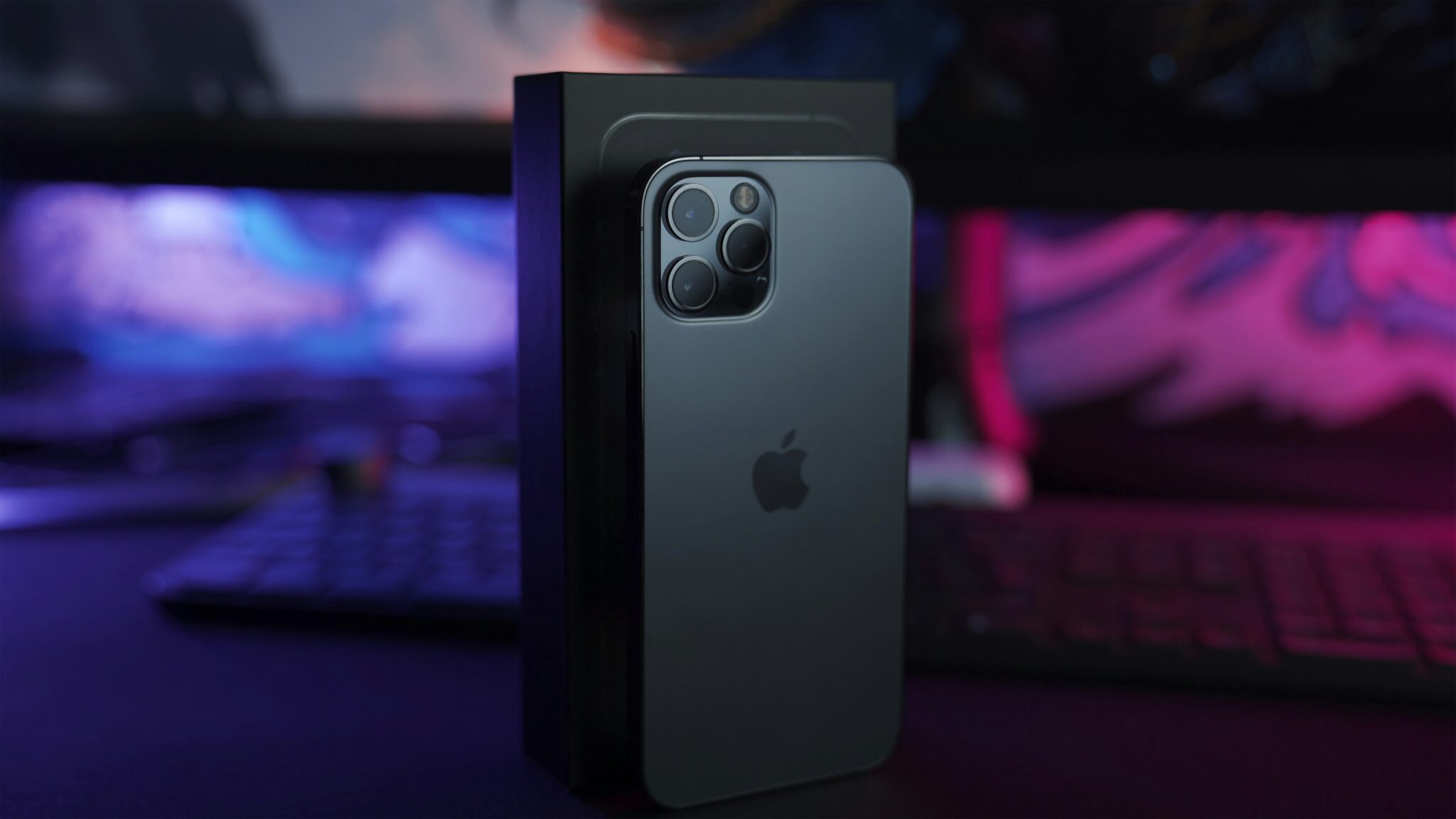
Front camera
Both models share the same 12 MP front-facing camera with support for Night Mode, Deep Fusion, and Smart HDR 3. This ensures high-quality selfies and smooth video calls even in challenging lighting conditions.
Low-light performance
The iPhone 13’s wide camera features a larger sensor with 1.7 µm pixels, compared to the 1.4 µm pixels on the iPhone 12 Pro. This improvement, combined with the sensor-shift OIS, results in better performance in low-light environments, capturing more light and producing clearer, more detailed photos.
Video recording
Both the iPhone 12 Pro and iPhone 13 support 4K Dolby Vision HDR recording, but the iPhone 13 adds the aforementioned Cinematic mode, which is particularly useful for content creators and videographers looking for enhanced storytelling tools.
⭐ Key takeaway: The iPhone 12 Pro’s camera system offers more versatility with its additional telephoto lens and LiDAR scanner, making it a better choice for those who need optical zoom and AR capabilities. On the other hand, the iPhone 13 focuses on delivering improved low-light performance and advanced video features, making it ideal for users who prioritize photography and videography
Battery life and charging
The iPhone 12 Pro is equipped with a 2815 mAh battery, which is adequate for a full day of moderate use but may struggle to keep up during more intensive activities like gaming or extended media consumption.
In contrast, the iPhone 13 features a larger 3240 mAh battery. This increase, combined with the more energy-efficient A15 Bionic chip, results in significantly better battery life. Users of the iPhone 13 can expect longer usage times, especially during tasks such as video playback or web browsing, where the iPhone 13’s improved battery performance is particularly noticeable.
Both models offer similar charging capabilities. They support 20W fast charging, which can charge the battery to approximately 50% in around 30 minutes with a compatible charger, although the charger is sold separately.
Additionally, both the iPhone 12 Pro and iPhone 13 support MagSafe wireless charging at 15W and standard Qi wireless charging at 7.5W. These features provide flexibility for users who prefer wireless options or need a quick charge during the day.
⭐ Key takeaway: Overall, while both models offer robust charging options, the iPhone 13’s superior battery life makes it a better choice for users who require extended usage on a single charge
👉 Learn more: 8 Best MagSafe Accessories for Your iPhone in 2024
Conclusion
If you’re looking for a premium build quality with a versatile camera system, the iPhone 12 Pro is an excellent choice, especially for those who value optical zoom and AR capabilities. On the other hand, if you prioritize battery life, a smaller notch, and improved low-light performance, the iPhone 13 might be the better fit for your needs.
To save money while still getting top-notch performance, consider purchasing a refurbished model through RefurbMe. RefurbMe allows you to compare prices across multiple sites from reputable sellers, ensuring you get the best deal with the same factory-new performance.
Plus, with the added benefit of a warranty, you can enjoy your device with peace of mind, knowing you’re covered if anything goes wrong, all while avoiding the hassle of browsing and comparing manually.
Browse all available refurbished iPhones in real time here. 👇
Happy shopping! 🛍️
🆚 Explore more reviews:









